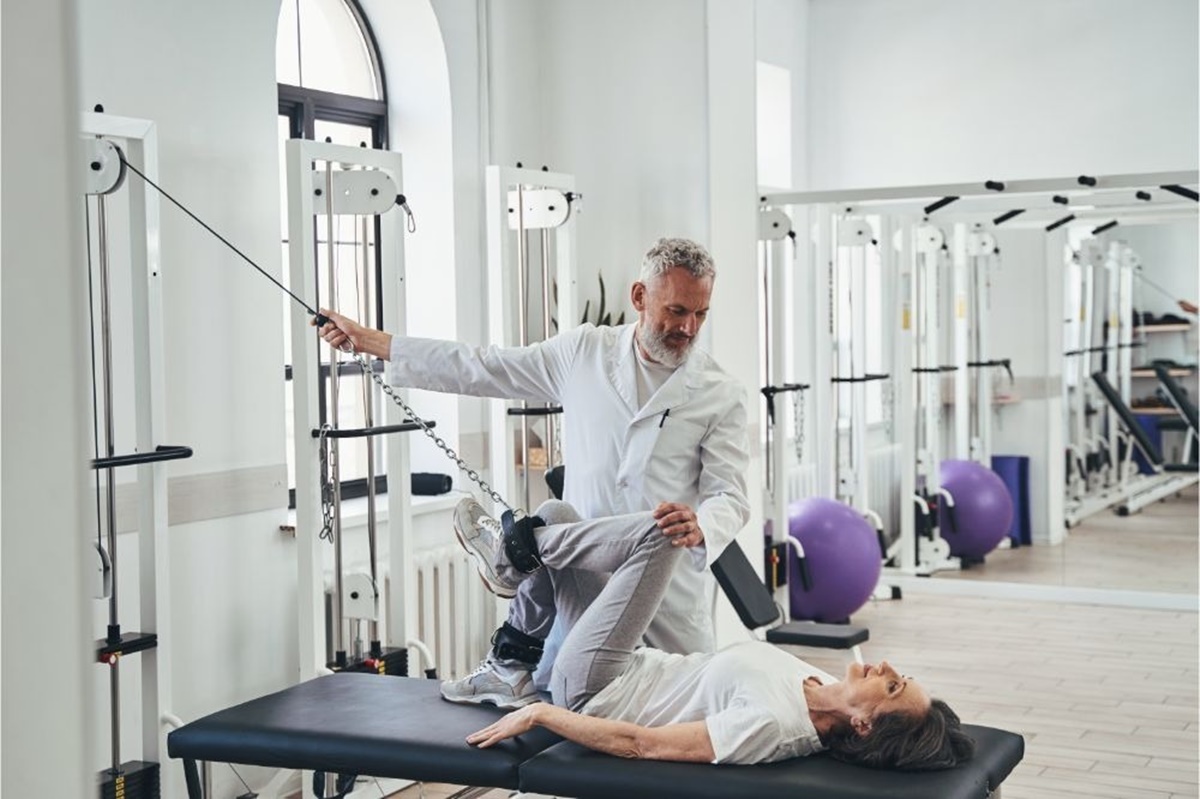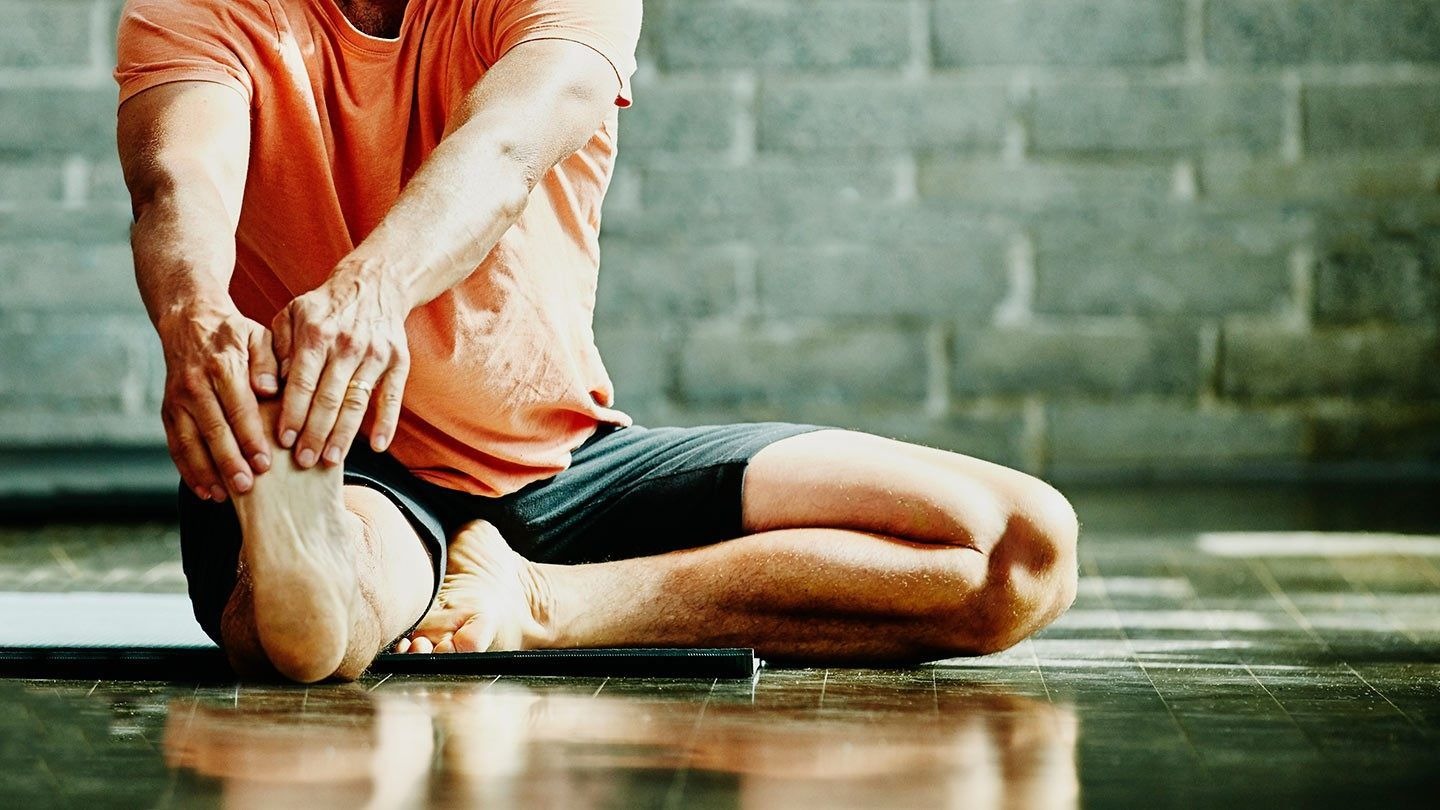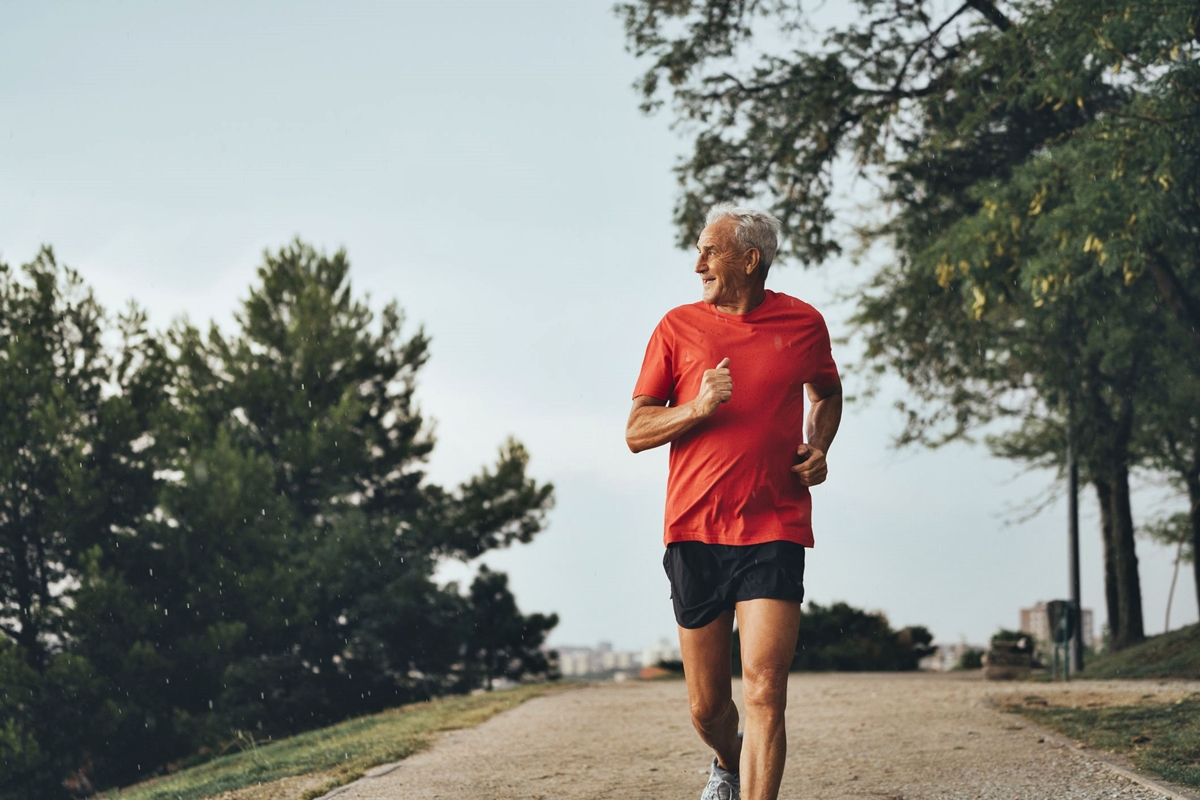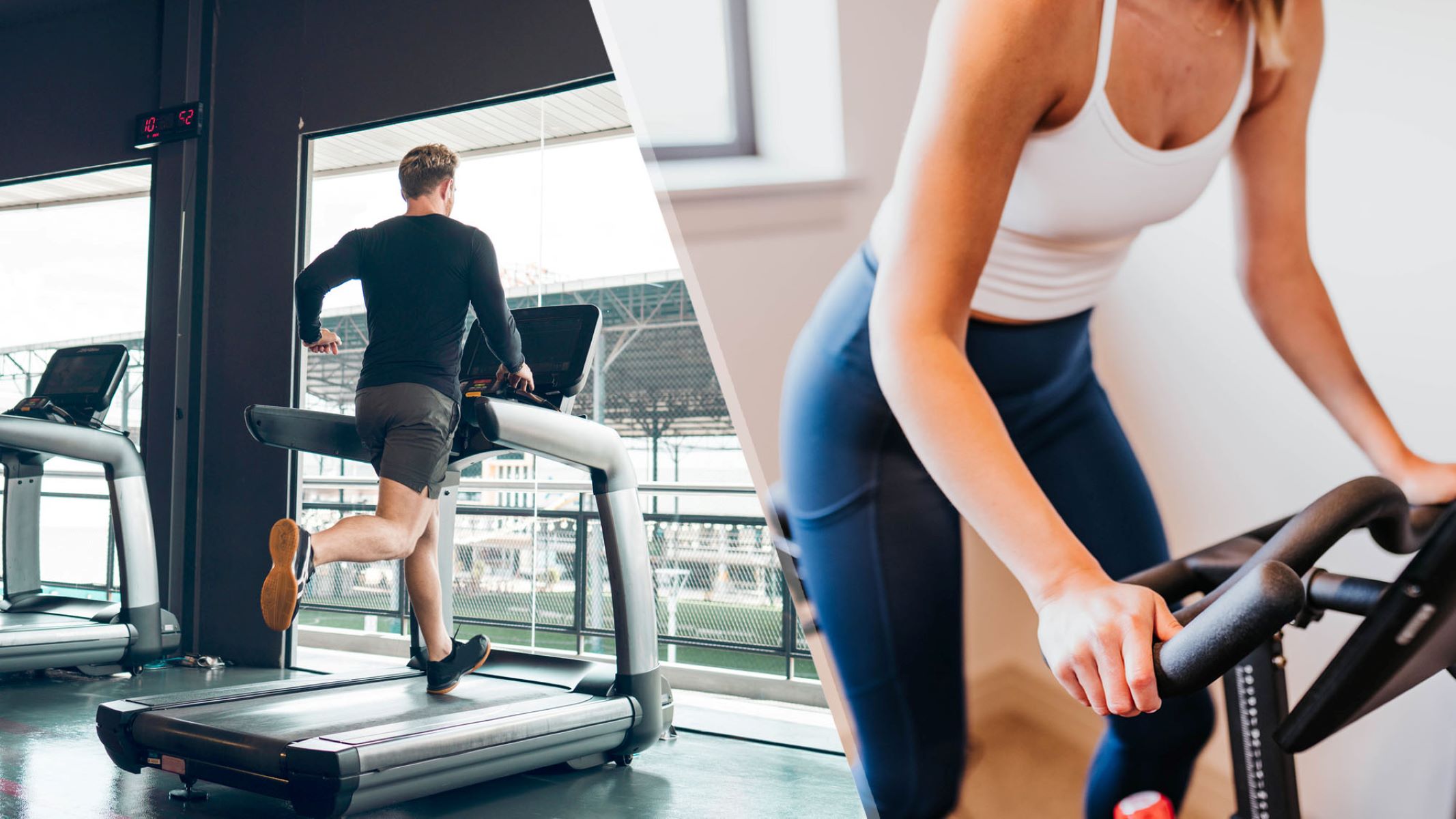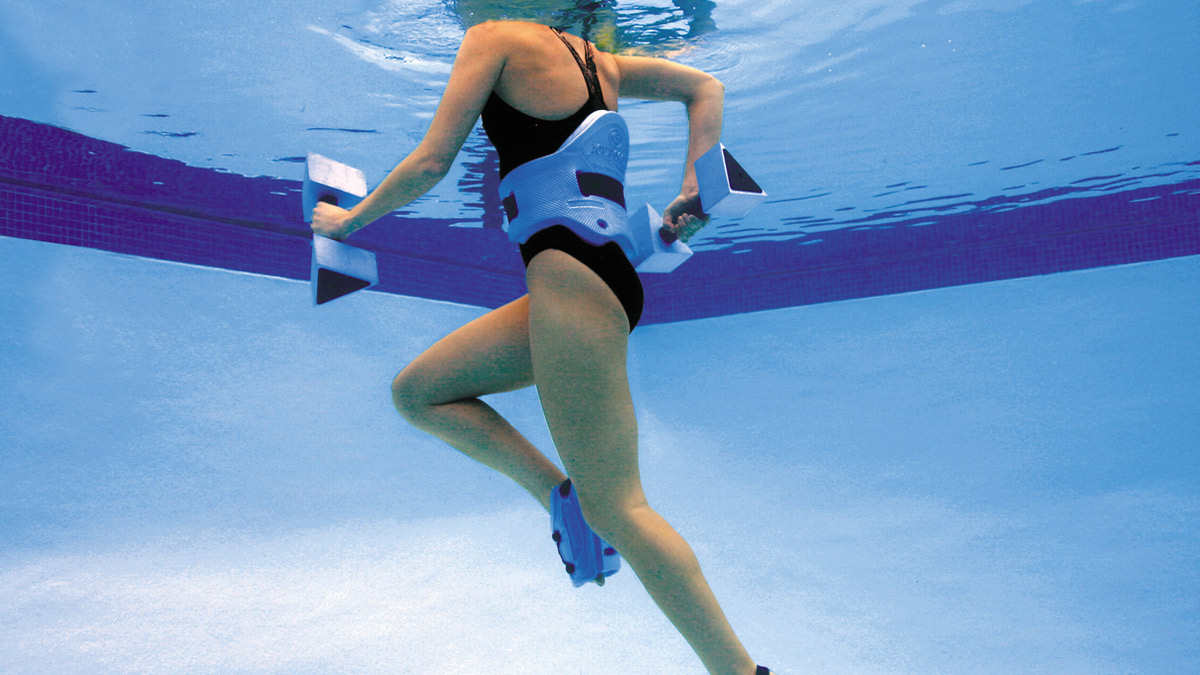Home>Misc>Featured>What Is The Best Exercise For Arthritis In The Hips
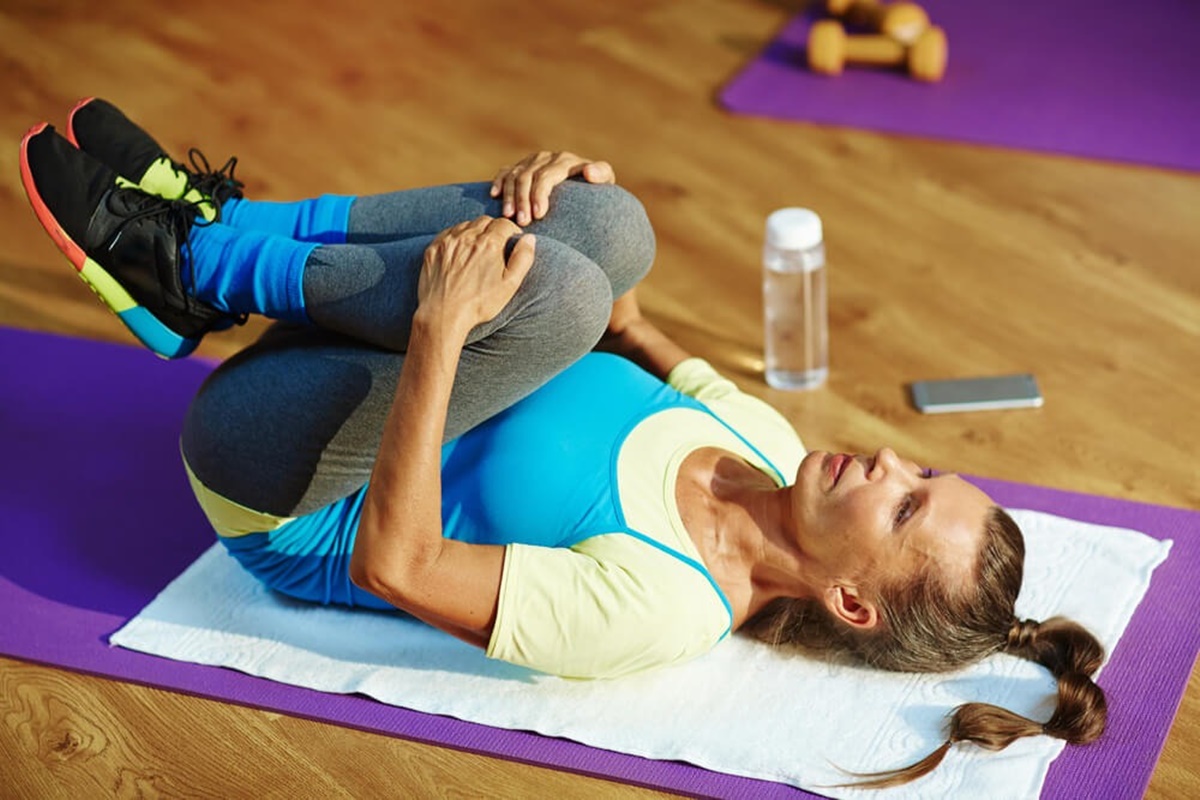

Featured
What Is The Best Exercise For Arthritis In The Hips
Modified: January 2, 2024
Discover the featured exercise for arthritis in the hips. Find out how this exercise can help ease pain and improve mobility.
Introduction
Welcome to the world of arthritis in the hips, where joint pain and stiffness can significantly impact your daily life. Arthritis is a common condition characterized by inflammation and degeneration of the joints, and the hips are no exception. Whether you are dealing with osteoarthritis, rheumatoid arthritis, or another form of hip arthritis, finding effective ways to manage your symptoms is crucial.
While medication and other treatments can help alleviate the pain, exercise has emerged as a powerful tool in the battle against hip arthritis. Engaging in regular physical activity can help improve joint mobility, reduce pain and inflammation, strengthen the surrounding muscles, and enhance overall well-being. However, not all exercises are created equal when it comes to hip arthritis. Some activities might exacerbate the symptoms, while others can provide relief and functional improvement.
This article aims to guide you through the best exercises for arthritis in the hips, providing you with the knowledge and understanding you need to make informed decisions about your exercise routine. We will explore the symptoms of hip arthritis, the benefits of exercise, factors to consider before starting an exercise program, and, ultimately, the exercises that have been shown to be most effective in managing hip arthritis. Whether you are a fitness enthusiast looking for ways to adapt your workout routine or someone new to exercise seeking relief from hip pain, this article has you covered.
It is important to note that before beginning any exercise program, it is advisable to consult with your healthcare provider or a qualified professional, especially if you have severe hip arthritis or any other underlying medical conditions. By working closely with your doctor or a physical therapist, you can tailor an exercise plan that suits your individual needs and abilities.
Understanding Arthritis in the Hips
Arthritis in the hips is a degenerative condition that affects the hip joint, causing pain, inflammation, and reduced mobility. The most common form of hip arthritis is osteoarthritis, which occurs due to wear and tear on the joint over time. This can be caused by aging, repetitive use, or injury. Rheumatoid arthritis is another type of hip arthritis, which is an autoimmune disease that causes the body’s immune system to attack its own tissues, including the joints.
When arthritis affects the hips, the cartilage that cushions the joint starts to deteriorate, causing the bones to rub against each other. This friction leads to joint pain, stiffness, and swelling. As the condition progresses, the hip joint may become increasingly stiff, making it difficult to perform everyday activities such as walking, climbing stairs, or even getting up from a chair.
Arthritis in the hips can have a significant impact on a person’s quality of life. The constant pain and limited range of motion can hinder mobility, independence, and overall well-being. It can also affect sleep patterns and lead to fatigue and muscle weakness. Understanding the symptoms and progression of hip arthritis is crucial in seeking appropriate treatment and managing the condition effectively.
Common symptoms of hip arthritis include:
- Pain: Persistent discomfort that is often felt in the groin, buttocks, or thigh. The pain may worsen with weight-bearing activities or prolonged sitting.
- Stiffness: The hip joint may feel stiff, making it challenging to move or bend the hip.
- Reduced Range of Motion: As the arthritis progresses, the ability to move the hip fully may become limited.
- Swelling: Inflammation in the hip joint can cause swelling and tenderness.
- Grating Sensation: Some individuals may experience a grating or grinding feeling when moving the hip.
If you suspect you may have hip arthritis, it is essential to consult with a healthcare professional for an accurate diagnosis. A physical examination, medical history review, and imaging tests such as X-rays or MRIs may be necessary to confirm the presence and severity of hip arthritis.
Symptoms of Arthritis in the Hips
Arthritis in the hips can present a range of symptoms that vary in severity from person to person. Recognizing these symptoms is essential for early detection and intervention, as it can help individuals seek appropriate treatment and management strategies. Here are some common symptoms associated with hip arthritis:
- Persistent Pain: One of the hallmark symptoms of arthritis in the hips is ongoing pain. Individuals may experience discomfort in the groin, buttocks, thigh, or even the knee. The pain may be dull and achy or sharp and stabbing. It tends to worsen with physical activity or prolonged periods of sitting or standing.
- Stiffness: Stiffness in the hip joint is another prevalent symptom. The hip may feel “locked” or difficult to move, especially after periods of inactivity or when waking up in the morning. This stiffness can affect mobility and make simple tasks like putting on shoes or getting in and out of a car challenging.
- Reduced Range of Motion: As arthritis progresses in the hips, individuals may experience a decreased range of motion. This means that the hip joint cannot move as freely as it used to, making activities like walking, squatting, or climbing stairs more difficult.
- Swelling and Tenderness: Inflammation in the hip joint can cause swelling, tenderness, and warmth around the affected area. This can be accompanied by redness or a feeling of warmth to the touch.
- Crepitus: Some individuals with hip arthritis may experience crepitus, which is a grating, crunching, or grinding sensation when moving the hip joint. This is often caused by the roughened joint surfaces rubbing against each other.
- Limping: Difficulty in weight-bearing due to hip arthritis can lead to a noticeable limp while walking. This is a compensatory mechanism to reduce pain and stress on the affected joint.
It is important to note that everyone may experience hip arthritis symptoms differently. Some individuals may have mild symptoms that come and go, while others may experience chronic pain and significant limitations in their daily activities. If you are experiencing any of these symptoms or suspect you may have hip arthritis, it is crucial to consult with a healthcare professional for an accurate diagnosis and personalized treatment plan.
Benefits of Exercise for Hip Arthritis
When it comes to managing arthritis in the hips, exercise can be a game-changer. Regular physical activity has numerous benefits that can help improve symptoms, slow the progression of the disease, and enhance overall well-being. Here are some key benefits of exercise for hip arthritis:
- Pain Relief: Engaging in specific exercises for hip arthritis can help alleviate pain and discomfort. Physical activity releases endorphins, which are natural pain-relieving chemicals in the body, providing relief from joint pain and stiffness.
- Improved Joint Function and Range of Motion: Exercise helps improve joint flexibility and range of motion, making it easier to perform daily activities. It reduces joint stiffness, allowing individuals to move more freely and with less discomfort.
- Increased Muscle Strength: Strengthening the muscles around the hip joint can provide added support and stability, reducing the strain on the arthritic joint. Strong muscles around the hip can help distribute forces evenly and decrease the load on the affected joint.
- Enhanced Balance and Stability: Certain exercises, such as balance training, can improve stability and reduce the risk of falls. This is particularly important for individuals with hip arthritis, as weakness and instability can make them prone to accidents and injuries.
- Weight Management: Exercise plays a crucial role in maintaining a healthy weight or achieving weight loss. Excess weight puts additional stress on the joints, including the hips. By engaging in regular physical activity, individuals can manage their weight and reduce the burden on their arthritic joints.
- Better Overall Health: Exercise has numerous health benefits beyond arthritis management. It can improve cardiovascular health, boost mood and mental well-being, enhance sleep quality, and reduce the risk of other chronic diseases such as heart disease and diabetes.
- Improved Quality of Life: Ultimately, exercise for hip arthritis can have a profound impact on an individual’s quality of life. By reducing pain, improving function, and enhancing overall health, regular physical activity enables individuals to maintain their independence, engage in activities they enjoy, and lead a more fulfilling life.
Keep in mind that the benefits of exercise may vary from person to person, and it is essential to listen to your body and work within your limits. It is advisable to consult with a healthcare professional or a qualified exercise specialist to design an exercise program that is safe and suitable for your specific needs and abilities.
Factors to Consider Before Starting an Exercise Program
Starting an exercise program to manage hip arthritis can be a positive step towards improving your symptoms and overall quality of life. However, it is important to consider certain factors before embarking on any exercise regimen. Here are some key factors to keep in mind:
- Consultation with Healthcare Provider: Before starting any exercise program, it is crucial to consult with your healthcare provider, especially if you have severe hip arthritis or any other underlying medical conditions. They can provide personalized advice based on your specific health situation, help assess the suitability of certain exercises, and provide recommendations for modifications if needed.
- Individual Abilities and Limitations: Everyone is unique, and it is essential to consider your own abilities and limitations when selecting exercises. Take into account your fitness level, current range of motion, and any physical limitations you may have. Choose exercises that you can comfortably perform and gradually progress as your body allows.
- Exercise Goals: Determine your exercise goals and what you aim to achieve from your program. Whether it is pain relief, improved mobility, or increased strength, understanding your goals will help you select the most appropriate exercises and monitor your progress along the way.
- Exercise Types: Different types of exercises provide different benefits. It is important to incorporate a variety of exercises that focus on flexibility, strength, cardiovascular fitness, and balance. A well-rounded program will target all aspects of your physical well-being and provide comprehensive results.
- Exercise Intensity: Determine the appropriate intensity level for your exercise program. It should be challenging enough to provide benefits but not overly strenuous or painful. Remember to listen to your body and adjust the intensity as necessary. Gradually increase the intensity as your strength and endurance improve.
- Warm-up and Cool-down: Prior to starting any exercise, include a warm-up routine to prepare your muscles and joints. This can include gentle movements, stretching, or low-intensity cardiovascular activities. Similarly, after your workout, incorporate a cool-down routine to gradually decrease your heart rate and stretch major muscle groups.
- Proper Form and Technique: Pay attention to your posture, alignment, and technique during exercise. Proper form is crucial to prevent injury and ensure that you are targeting the intended muscles and joints effectively. If you are unsure of the correct form, consider working with a physical therapist or fitness professional.
- Regularity and Progression: Consistency is key when it comes to exercise. Aim to exercise regularly, ideally several times a week. Start with shorter sessions and gradually increase the duration and intensity as your fitness improves. Monitor your progress regularly and make adjustments to your program as needed.
By considering these factors and taking a thoughtful approach to your exercise program, you can create a safe and effective routine that caters to your individual needs. Remember that it is always advisable to seek guidance from professionals to ensure you are making informed decisions and minimizing the risk of injury or exacerbation of symptoms.
Best Exercises for Arthritis in the Hips
When it comes to managing arthritis in the hips, certain exercises have been found to be particularly beneficial. These exercises can help improve joint function, reduce pain, and enhance overall mobility. Here are some of the best exercises for arthritis in the hips:
- Low-Impact Aerobic Exercises: Activities such as walking, cycling, swimming, and water aerobics are gentle on the joints while providing cardiovascular benefits. They help improve blood circulation, maintain a healthy weight, and strengthen the muscles without putting excessive strain on the hip joints.
- Range of Motion Exercises: These exercises aim to improve flexibility and maintain or increase the joint’s range of motion. Examples include leg swings, hip circles, and gentle hip rotations performed in a seated or standing position. Engaging in these exercises regularly can help reduce stiffness and improve mobility.
- Strengthening Exercises: Strengthening the muscles surrounding the hip joint can provide support and stability. Exercises such as leg presses, hip abductions and adductions, and squats can help strengthen the muscles in the hips, thighs, and buttocks. When performed correctly and progressively, these exercises can help decrease stress on the arthritic hip joint.
- Balance and Stability Exercises: Enhancing balance and stability is crucial for individuals with hip arthritis, as it can reduce the risk of falls and improve overall function. Exercises like single-leg stands, heel-to-toe walking, and yoga or tai chi can help improve balance and stability, promoting safer movement and reducing the fear of falls.
- Stretching Exercises: Stretching exercises can help alleviate tightness in the muscles surrounding the hip joint. Gentle stretches for the hip flexors, glutes, and hamstrings can help improve flexibility and reduce tension. Incorporate static stretches into your routine, holding each stretch for about 30 seconds without bouncing.
- Aquatic Exercises: Water-based exercises offer a low-impact option for individuals with hip arthritis. The buoyancy of the water reduces the strain on the joints, making movements more comfortable. Swimming, water walking, and water aerobics can help improve cardiovascular fitness, joint flexibility, and muscle strength.
- Modified Yoga or Pilates: Certain yoga or Pilates exercises can be modified to accommodate individuals with hip arthritis. These exercises focus on core strength, flexibility, and balance. It is important to work with a knowledgeable instructor who can guide you through appropriate modifications and ensure proper alignment and technique.
Remember, not all exercises are suitable for everyone with hip arthritis. It is essential to choose exercises that are appropriate for your individual circumstances and consult with a healthcare professional or a qualified exercise specialist. They can provide personalized guidance and help you tailor an exercise program that addresses your specific needs and abilities.
Exercise Precautions for Arthritis in the Hips
When engaging in exercise for arthritis in the hips, it is important to take certain precautions to ensure safety and reduce the risk of exacerbating symptoms. Here are some key precautions to keep in mind:
- Consult with Your Healthcare Provider: Before starting any exercise program, it is critical to consult with your healthcare provider, especially if you have severe hip arthritis or any other underlying health conditions. They can assess your individual situation and provide guidance on the most appropriate exercises and modifications.
- Start Slowly and Gradually: Begin your exercise program with low-intensity activities and gradually increase the duration and intensity over time. This allows your body to adapt and reduces the risk of overexertion or injury. Listen to your body and adjust the intensity as needed.
- Avoid High-Impact Activities: High-impact exercises such as running or jumping can place excessive stress on the hip joints. It is advisable to opt for low-impact or non-weight-bearing activities like swimming, cycling, or using an elliptical machine to reduce impact and joint strain.
- Pay Attention to Pain and Discomfort: While some discomfort may be expected during exercise, it is important to differentiate between muscle fatigue and joint pain. If you experience sharp or persistent pain in the hip joint during or after exercise, stop and consult with your healthcare provider.
- Modify Exercises as Needed: If certain exercises aggravate your hip arthritis symptoms, consider modifying them to reduce stress on the joints. For example, if squats are painful, try doing partial squats or using a stability ball against a wall for support.
- Warm-up and Cool-down: Prior to each exercise session, warm up your muscles and joints with gentle movements and stretching. This helps increase blood flow, flexibility, and preps the body for the subsequent activity. Similarly, cool down after exercise with light stretching to promote recovery and reduce post-exercise soreness.
- Use Proper Form and Technique: Correct posture and technique are essential to ensure that you are targeting the intended muscles and joints effectively and reducing the risk of injury. If you are unsure about the proper form, consider working with a physical therapist or qualified fitness instructor.
- Listen to Your Body: It is crucial to listen to your body and respect its signals. If an exercise or movement causes pain or discomfort, modify or avoid it. Pushing through pain can lead to further damage and hinder your overall progress.
- Stay Hydrated: Proper hydration is important for overall health and exercise performance. Drink plenty of water before, during, and after your exercise sessions to stay hydrated and maintain optimal function.
- Monitor Your Progress: Keep track of your exercises, intensity, and progress to ensure that you are gradually improving without overexerting yourself. This can help you identify what works best for your body and make adjustments to your program as needed.
By taking these precautions, you can minimize the risk of injury, manage your symptoms effectively, and ensure a safe and enjoyable exercise experience. Remember that your individual circumstances may vary, so it is always best to consult with a healthcare professional or a qualified exercise specialist for personalized guidance.
Conclusion
Arthritis in the hips can significantly impact daily life, causing pain, stiffness, and reduced mobility. However, with the right approach, exercise can be a powerful tool in managing hip arthritis and improving overall well-being. By understanding the condition, recognizing its symptoms, and considering important factors before starting an exercise program, you can make informed decisions that promote the best possible outcomes.
Engaging in regular exercise offers a multitude of benefits for individuals with hip arthritis. It can help alleviate pain, improve joint function and range of motion, strengthen muscles, enhance balance and stability, aid in weight management, and boost overall health. However, it is crucial to choose exercises that are suitable for your individual abilities and limitations, and to consult with healthcare professionals when necessary.
Remember to start slowly, progress gradually, and listen to your body. It is important to find a balance between pushing yourself to improve and respecting your body’s limits. Modify exercises as needed, use proper form and technique, and incorporate warm-up and cool-down routines for optimal results.
By following exercise precautions and staying consistent with your routine, you can effectively manage your hip arthritis symptoms and improve your quality of life. Each person’s journey with hip arthritis is unique, so don’t hesitate to seek guidance from healthcare professionals, such as doctors or physical therapists, who can provide personalized advice tailored to your specific needs.
Take control of your hip arthritis and embrace the transformative power of exercise. With dedication, persistence, and the right approach, you can find relief, improve mobility, and regain the ability to engage in activities you enjoy. Stay motivated, stay active, and prioritize your health and well-being. Your hips will thank you.
